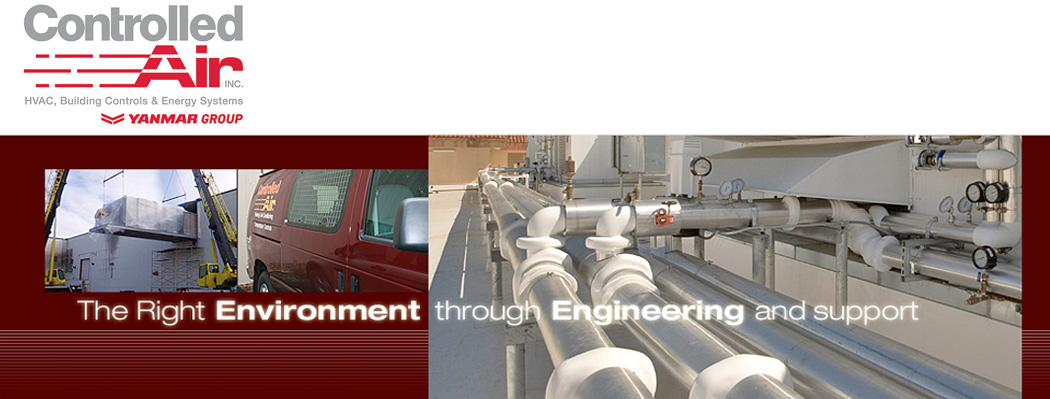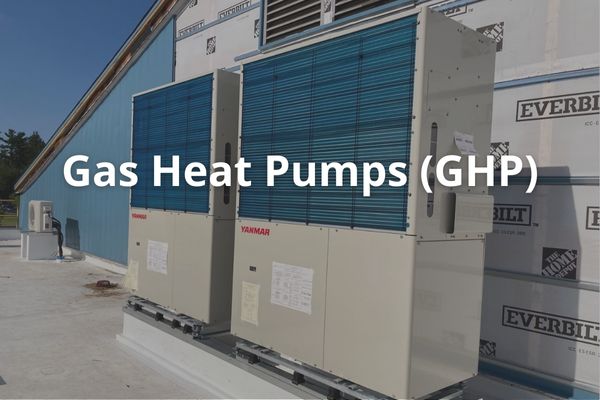Inflation Reduction Act (IRA)
Controlled Air has been doing its best to stay on top of rebates and incentives available to our customers. During a recent presentation by the US Green Building Council, we came across the following information that might be of interest and wanted to share.
The 170D Tax deduction for energy efficiency for commercial buildings, IRA Section 13303, is now permanent.
With new buildings, the incentive rate is $.5 to $1 per sq ft for achieving a minimum of 25% energy use better than ASHRAE 90.1-2007 standard between 2023-2026. Starting in 2027, the standards from 90.1-2019, which are more stringent, must be used. These rates are based on the percentage in reduction of energy, use of apprentice workers, and other criteria.
Building retrofits must show the same improvement listed in ASHRAE 90.1-2007, but the improvement must be over the current building’s energy use, rather than the base standards listed in 20.1-2007 or 90.1-2019 starting in 2027.
The IRA states:
Section 13303 of the IRA expands the existing Energy Efficient Commercial Buildings Deduction established in section 179D of the IRC. Section 179D of the IRC allows a taxpayer who owns or leases a commercial building to deduct the cost or a portion of the cost to install energy-efficient commercial property. Section 13303 of the IRA expands eligibility for the deduction. To be eligible, the installation of energy-efficient property must reduce annual energy costs by at least 25% (down from 50% previously).
The amount of the deduction is calculated by multiplying the square footage of the building by a “base rate” that ordinarily starts at 50 cents. The base rate is increased by 2 cents for each percentage point by which the building’s total annual energy costs are certified to be reduced by more than 25% (up to a maximum of $1.00). The amounts are increased further if certain wage and apprenticeship requirements are met. In such cases, the base rate starts at $2.50 and may be increased by 10 cents for each percentage point by which the building’s total energy costs are reduced by more than 25% (up to a maximum of $5.00). In both cases, the total amount of the deduction must not exceed the excess (if any) of: a) the product of the applicable dollar value and the square footage of the building; over b) the aggregate amount of the deductions with respect to the building for the 3 taxable years immediately preceding such taxable year.
Non-profits can access the deduction with the lead designer able to take deductions, rather than the institution. It isn’t clear who is considered the main designer when architects, designers, and engineers are involved.
Additional requirements include the condition that workers must receive equal to or above the local prevailing wage rates and at least 12.5% qualified apprentices in 2023 and 15% qualified apprentices starting in 2024. There are some exceptions for the apprenticeship requirement if it can be proven that apprentices cannot be found.
Prevailing Wage Requirements.
Section 45(b)(7)(A) provides that to meet the prevailing wage requirements with respect to any qualified facility, a taxpayer must ensure that any laborers and mechanics employed by the taxpayer or any contractor or subcontractor in: (i) the construction of such facility, and (ii) the alteration or repair of such facility (with respect to any taxable year, for any portion of such taxable year that is within the 10-year period beginning on the date the qualified facility is originally placed in service), are paid wages at rates not less than the prevailing rates for construction, alteration, or repair of a similar character in the locality in which such facility is located as most recently.
Apprenticeship Requirements.
Section 45(b)(8)(A)(i) provides that to meet the apprenticeship requirements taxpayers must ensure that, with respect to the construction of any qualified facility, not less than the applicable percentage of the total labor hours of the construction, alteration, or repair work (including such work performed by any contractor or subcontractor) with respect to such facility is, subject to § 45(b)(8)(B), performed by qualified apprentices.
More information on the apprenticeship and Prevailing wage requirements: https://www.federalregister.gov/documents/2022/11/30/2022-26108/prevailing-wage-and-apprenticeship-initial-guidance-under-section-45b6bii-and-other-substantially
IRA further includes clean electricity investment tax credit, alternative fuel vehicle refueling stations, energy efficiency and electrification rebates for multi-family homes tax credits, as well as grants and funding for school infrastructure, planning and implementation of improved building codes, and energy efficiency.
We highly recommend speaking with your tax and/or legal professional before starting your project. They can make sure you are eligible for all requirements outlined in the IRA.
You can find more information on the IRA
https://iratracker.org/ira-database/
179D
https://www.irs.gov/pub/irs-drop/a-23-01.pdf
This information is for informative purposes only and is not to be conclusively relied upon. Controlled Air provides no assurances of qualification or receipt of incentives or credits. We highly recommend speaking with your tax and/or legal professional before starting your project. They can make sure you are eligible for all requirements outlined in the IRA.

